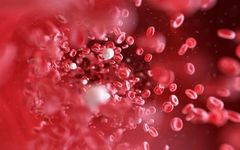

TCM Discussion Group TCM Exchange Forum
Qi and blood are crucial for human health; when Qi flows, blood flows, and when Qi stagnates, blood stasis occurs. Many people have experienced blood stasis: despite not having any visible injuries, they find bruises appearing on their bodies, which eventually fade away. This phenomenon is a typical sign of a blood stasis constitution. But what causes this blood stasis constitution?
Blood stasis constitution is primarily caused by three factors
In TCM, “stasis” refers to accumulated blood. Blood stagnation occurs when blood circulation is obstructed, leading to what is commonly referred to as blood stasis constitution. The main causes of blood stasis constitution include the following three aspects:
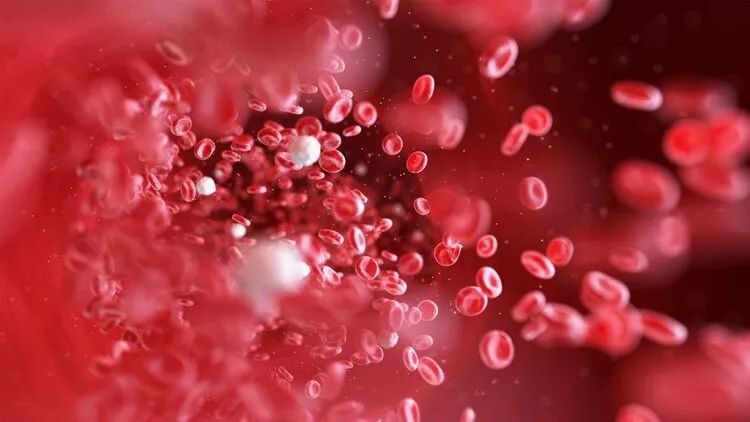
1. Qi Stagnation Leading to Blood Stasis
Under normal circumstances, blood circulates freely within the blood vessels, primarily relying on the heart’s pumping function. This is similar to how a water pipe operates, where the flow of water is controlled by the opening of a valve.
However, without external force or electrical stimulation, how does the heart initiate its pumping function? It relies on the Qi flowing within the body to provide the necessary push, much like how water in a pipe requires pressure differences to flow.
Thus, TCM holds that: when Qi flows, blood flows; when Qi stagnates, blood stasis occurs. If the Qi in the body remains stagnant for an extended period, it leads to Qi stagnation. Without sufficient Qi to propel it, blood stasis naturally forms.
2. Cold Congealing Blood Stasis
Another common cause of blood stasis is cold congealing blood stasis. We know that liquids freeze at sufficiently low temperatures. Blood behaves similarly; it can only circulate normally within blood vessels at normal body temperature. If the body is exposed to a cold environment or is in a cold state, blood circulation slows down, akin to how water freezes in winter, leading to blood clots that obstruct blood vessels.
This is why patients with myocardial infarction or cerebral infarction often have higher incidence and mortality rates in winter.
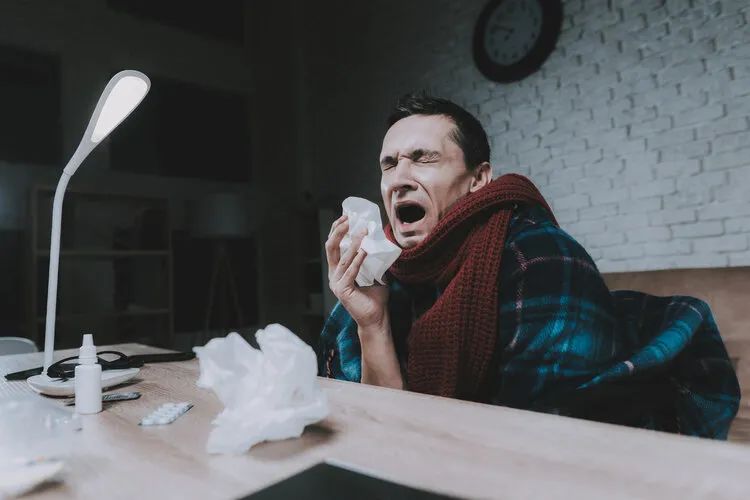
3. Blood Heat
While cold congealing can lead to blood stasis, blood heat also affects blood stasis. Blood in our body belongs to the category of Yin fluids; when heat injures these fluids, the body loses moisture, causing the blood to become concentrated and thick. This is why individuals with heat in their bodies often find it difficult to draw blood, and the blood drawn is typically dark red, black, and thick.
Famous Physician Wang Qingren of the Qing Dynasty: Five Blood-Invigorating Formulas
Among historical physicians, none have studied blood stasis as thoroughly as Wang Qingren. As a martial artist, Wang Qingren experienced minor injuries from a young age, leading many ancient martial artists to have some understanding of blood invigorating and stasis-dispelling techniques. Wang Qingren documented his insights on blood stasis in his book “Yilin Gaituo,” establishing five major “stasis-dispelling decoctions” that encompass blood stasis from head to toe.
Let us take a look at them.
1. Xuefu Zhuyu Decoction (Blood Mansion Stasis-Dissolving Decoction)
Wang Qingren divided the human body into two sections using the diaphragm as a boundary. Above the diaphragm, which includes the lungs and heart, is referred to as the “Blood Mansion.” The heart and lungs are part of the body’s circulatory system, primarily responsible for the exchange and circulation of blood and Qi. Therefore, Wang Qingren described, “Above the diaphragm, the entire cavity is filled with blood.”
Xuefu Zhuyu Decoction is formulated to address blood stasis in the Blood Mansion, where stasis obstructs the circulation and exchange of Qi and blood, affecting the normal functioning of the heart and lungs. Common symptoms include chest pain, difficulty bearing weight on the chest, tightness, and restlessness at night, similar to modern arrhythmias, coronary heart disease, and circulatory system diseases.
The ingredients of Xuefu Zhuyu Decoction include Honghua (Safflower), Shengdi (Raw Rehmannia), Taoren (Peach Kernel), and others that invigorate blood and dispel stasis, along with Chaihu (Bupleurum) and Jiegeng (Platycodon) to elevate and guide the herbs directly to the Blood Mansion, while Niuxi (Achyranthes) is included to guide the blood downward, providing an outlet for the stasis.
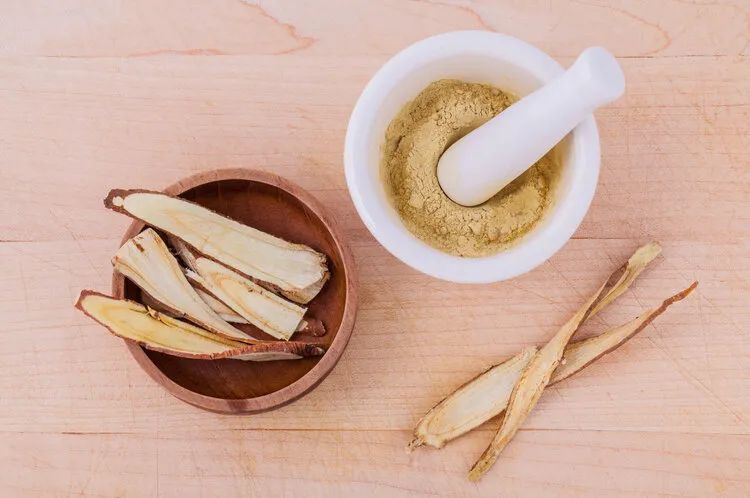
Xuefu Zhuyu Decoction: Danggui (Angelica Sinensis), Shengdi (Raw Rehmannia), Chishao (Red Peony), Chuanxiong (Szechuan Lovage), Taoren (Peach Kernel), Honghua (Safflower), Zhike (Bitter Orange), Chaihu (Bupleurum), Gancao (Licorice), Jiegeng (Platycodon), Chuan Niuxi (Achyranthes)
2. Gexia Zhuyu Decoction (Below Diaphragm Stasis-Dissolving Decoction)
Wang Qingren believed that the middle jiao is divided into two systems: the liver system and the stomach system, which includes the gallbladder, liver, spleen, stomach, and intestines. The function of the spleen in transforming and transporting essence is closely related to the normal rise and fall of Qi in the middle jiao.
“Gexia Zhuyu Decoction treats abdominal blood stasis symptoms.” This includes conditions such as masses, pediatric abdominal masses, abdominal pain, and chronic diarrhea. Wang noted that “abdominal distension with visible veins” is a key characteristic; regarding kidney-related diarrhea and chronic diarrhea, he pointed out that the root cause is excessive blood stasis in the stomach. The organs are interconnected in the abdomen, and their functions are similar, closely related to the digestion, absorption, and transportation of food and fluids.
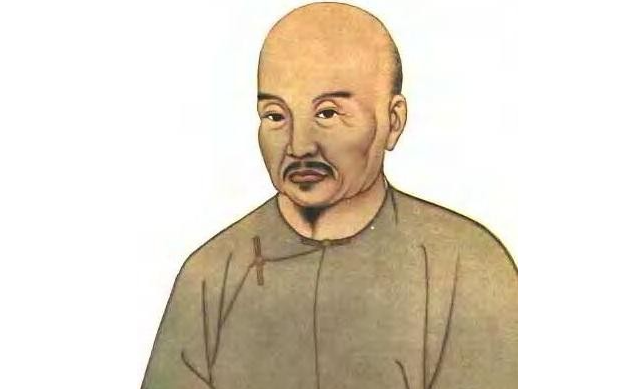
The formula for Gexia Zhuyu Decoction includes Danggui (Angelica Sinensis), Taoren (Peach Kernel), and others that invigorate blood and dispel stasis, along with Wuyao (Lindera), Xiangfu (Cyperus), and Wulingzhi (Flying Squirrel Feces) to target the liver, gallbladder, spleen, and stomach, ensuring the formula’s action is concentrated in the middle jiao liver and stomach. Modern applications of Gexia Zhuyu Decoction are often used to treat digestive system diseases, such as advanced pancreatic cancer, chronic atrophic gastritis, and spleen hyperfunction.
3. Shaofu Zhuyu Decoction (Lower Abdomen Stasis-Dissolving Decoction)
The lower jiao includes the urinary and reproductive systems, including the uterus, ovaries, testes, fallopian tubes, bladder, and ureters, which are part of the pelvic system responsible for reproductive and urinary functions. Shaofu Zhuyu Decoction was formulated by Wang Qingren for blood stasis in the lower abdomen, primarily treating conditions related to menstruation, pregnancy, and childbirth, such as infertility, miscarriage, and abdominal pain.
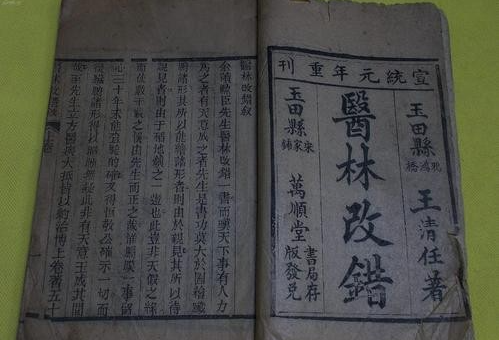
From the composition of the formula, Shaofu Zhuyu Decoction includes Xiaohui Xiang (Fennel, stir-fried), Ganjing (Dried Ginger), and Yanhusuo (Corydalis) to warm the lower jiao and nourish the uterus, allowing the herbs to reach the lower abdomen. In modern clinical practice, Shaofu Zhuyu Decoction is also commonly used to treat reproductive and urinary system diseases, such as male urethral syndrome, chronic pelvic inflammatory disease, and infertility. Notably, Xiaohui Xiang (Fennel) contains volatile oils that exhibit hormone-like effects, promoting the weight of the fallopian tubes, endometrium, and uterine muscle layer, thus enhancing the reproductive cycle.
Shaofu Zhuyu Decoction: Xiaohui Xiang (Fennel, stir-fried), Ganjing (Dried Ginger), Yanhusuo (Corydalis), Myrrh, Danggui (Angelica Sinensis), Chuanxiong (Szechuan Lovage), Guangui (Cinnamon), Chishao (Red Peony), Shengpuhuang (Pollen), Wulingzhi (Flying Squirrel Feces, stir-fried)
4. Shentong Zhuyu Decoction (Body Pain Stasis-Dissolving Decoction)
The marrow system, which includes the peripheral nervous system, regulates the movement and sensation of the limbs, distinct from the brain’s cognitive functions. Diseases related to the meridians, bones, and muscles fall under marrow system disorders.
Wang believed that “shoulder pain, arm pain, waist pain, leg pain, or generalized pain are collectively referred to as Bi syndrome.” The formula includes not only Danggui (Angelica Sinensis) and Chuanxiong (Szechuan Lovage) to invigorate blood and dispel stasis but also Qinjiao (Gentiana), Qianghuo (Notopterygium), and Dilong (Earthworm) to promote meridian circulation. Niuxi (Achyranthes) in this formula is used for its ability to relax tendons and invigorate blood, thus the entire formula possesses the effects of promoting meridian circulation, invigorating blood, and dispelling wind and dampness.
Shentong Zhuyu Decoction: Taoren (Peach Kernel), Honghua (Safflower), Chuanxiong (Szechuan Lovage), Danggui (Angelica Sinensis), Wulingzhi (Flying Squirrel Feces), Myrrh, Xiangfu (Cyperus), Chuan Niuxi (Achyranthes), Dilong (Earthworm), Qinjiao (Gentiana), Qianghuo (Notopterygium), Gancao (Licorice)
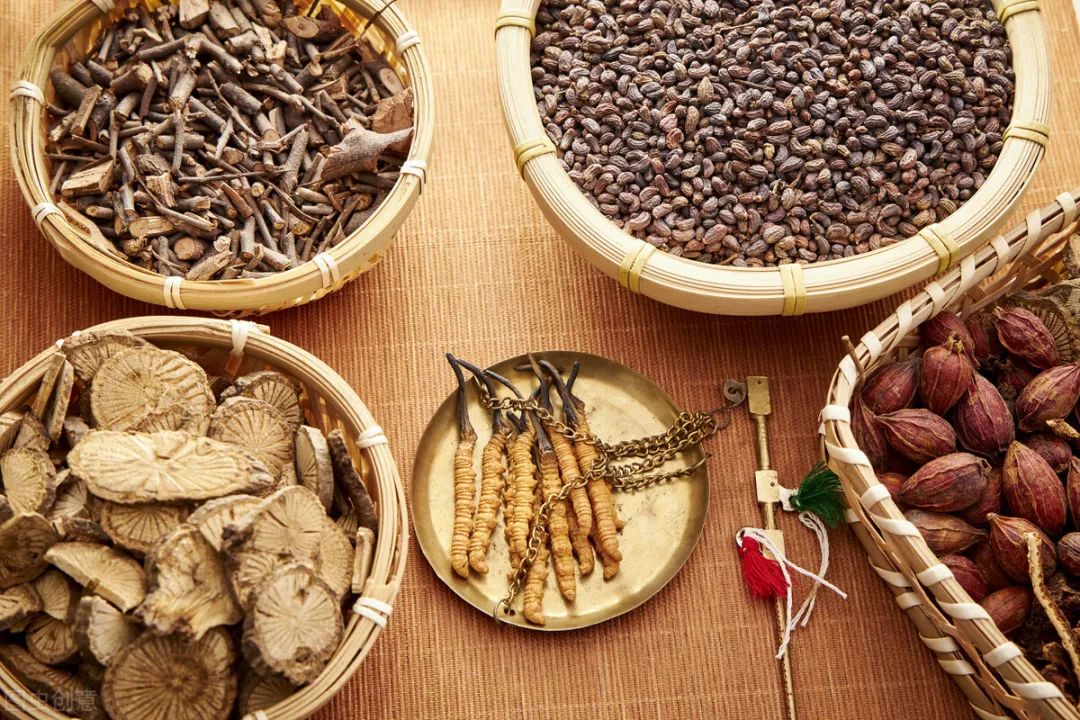
5. Tongqiao Zhuyu Decoction (Orifice-Opening Blood Invigorating Decoction)
Wang Qingren emphasized the importance of the cranial cavity in human anatomy, asserting the need to clearly delineate the brain’s functions. He observed the morphology and structure of the cranial cavity and brain, proposing that “the spirit and memory reside not in the heart but in the brain,” using the growth process of a child’s fontanelle and the occurrence of rickets as evidence of the brain’s role.
The Tongqiao Zhuyu Decoction is primarily used to treat conditions such as hair loss, deafness, and vitiligo, focusing on diseases of the head and face. The formula includes Taoren (Peach Kernel), Honghua (Safflower), and Chishao (Red Peony) for invigorating blood and dispelling stasis, with Shexiang (Musk) as the core ingredient, as “the efficacy of the formula relies heavily on good musk.”
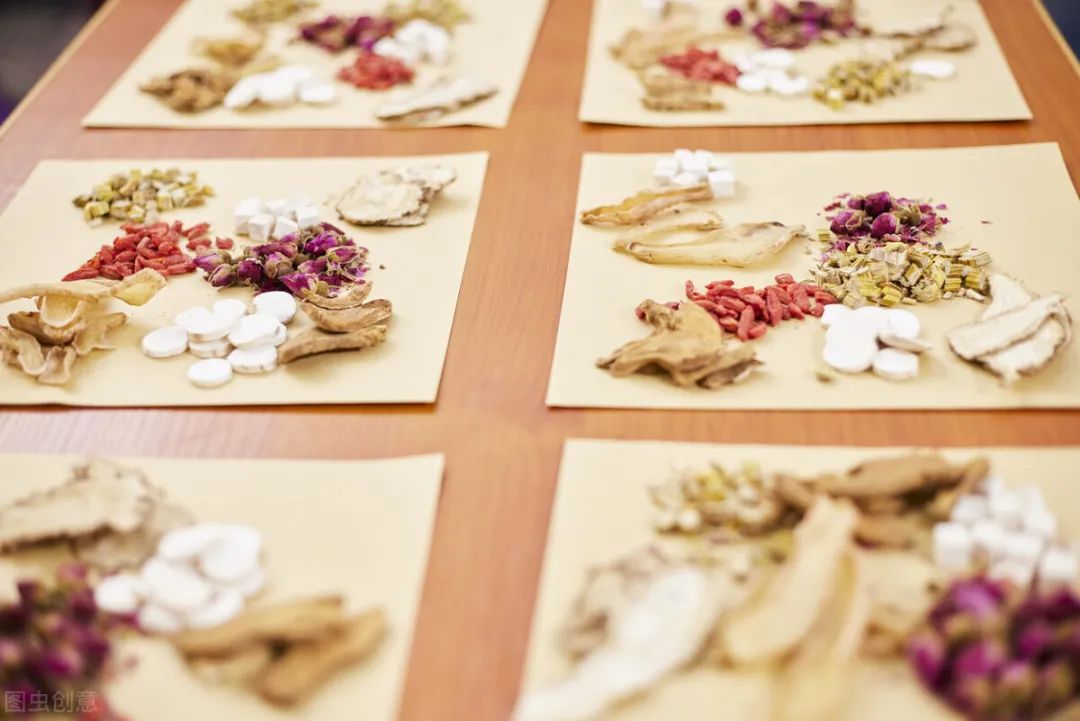
The Tongqiao Zhuyu Decoction treats primarily brain-related diseases, including various mental and neurological disorders. Additionally, as the cranial cavity is directly exposed to the external environment, points such as Fengchi and Fengfu become gateways for the invasion of wind, cold, toxins, and epidemics, making the brain susceptible to external pathogens. The formula includes Scallion, Fresh Ginger, and Yellow Wine, which possess dispersing and pathogen-eliminating properties, addressing the pathological characteristics of external invasions.
Tongqiao Zhuyu Decoction: Chishao (Red Peony), Chuanxiong (Szechuan Lovage), Taoren (Peach Kernel), Hongzao (Red Date), Honghua (Safflower), Scallion, Fresh Ginger, Shexiang (Musk)
In summary, the development of Qi and blood theory, along with the formulation of classic blood-invigorating and stasis-dispelling formulas, is Wang Qingren’s contribution to medicine, leaving valuable TCM experiences for future generations.
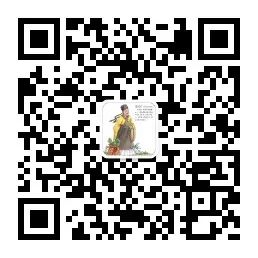
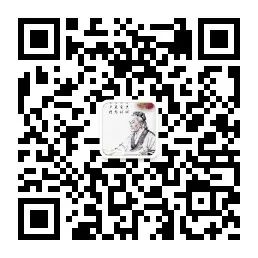
TCM Discussion Group TCM Exchange Forum

